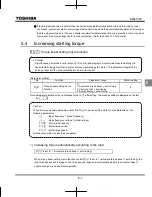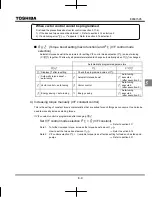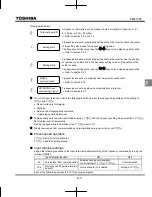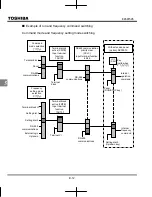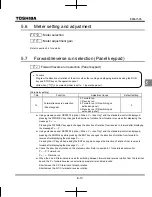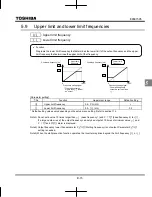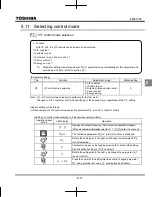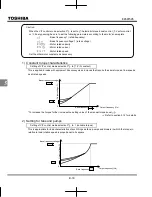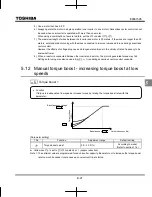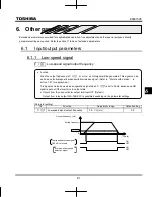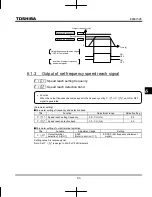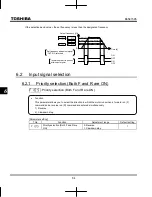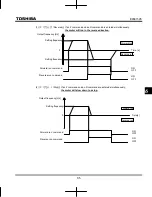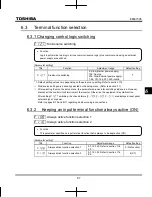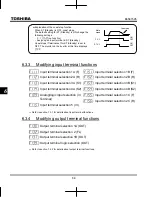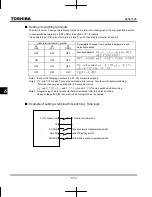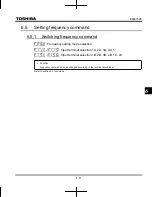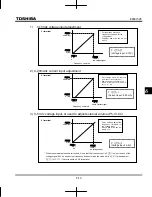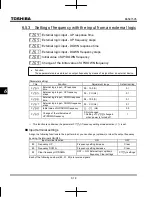
E6581595
E-21
5
5) Use a motor that has 2-8 P.
6) Always operate the motor in single operation (one inverter to one motor). Sensorless vector control cannot
be used when one inverter is operated with more than one motor.
When using a combination of several motors, set the V/F constant (
=
).
7) The maximum length of wires between the inverter and motor is 30 meters. If the wires are longer than 30
meters, set standard auto-tuning with the wires connected to improve low-speed torque during sensorless
vector control.
However the effects of voltage drop cause motor-generated torque in the vicinity of rated frequency to be
somewhat lower.
8) When a reactor is connected between the inverter and a motor, the motor's generated torque may fall.
Setting auto-tuning may also cause a trip (
) rendering sensorless vector control unusable.
5.12 Manual torque boost - increasing torque boost at low
speeds
: Torque boost 1
Function
If torque is inadequate at low speeds, increase torque by raising the torque boost rate with this
parameter.
O
ut
put
v
ol
ta
ge
[V
]/(
%
)
Base frequency voltage
Output frequency (Hz)
Base frequency
[Parameter setting]
Title Function
Adjustment range
Default setting
Torque boost value 1
0.0 - 30.0 (%)
According to model
(Refer to section 11.4)
Valid when
is set to
0
(V/F constant) or
1
(square reduction)
Note 1: The optimum value is programmed for each inverter capacity. Be careful not to increase the torque boost
rate too much because it could cause an overcurrent trip at startup.

